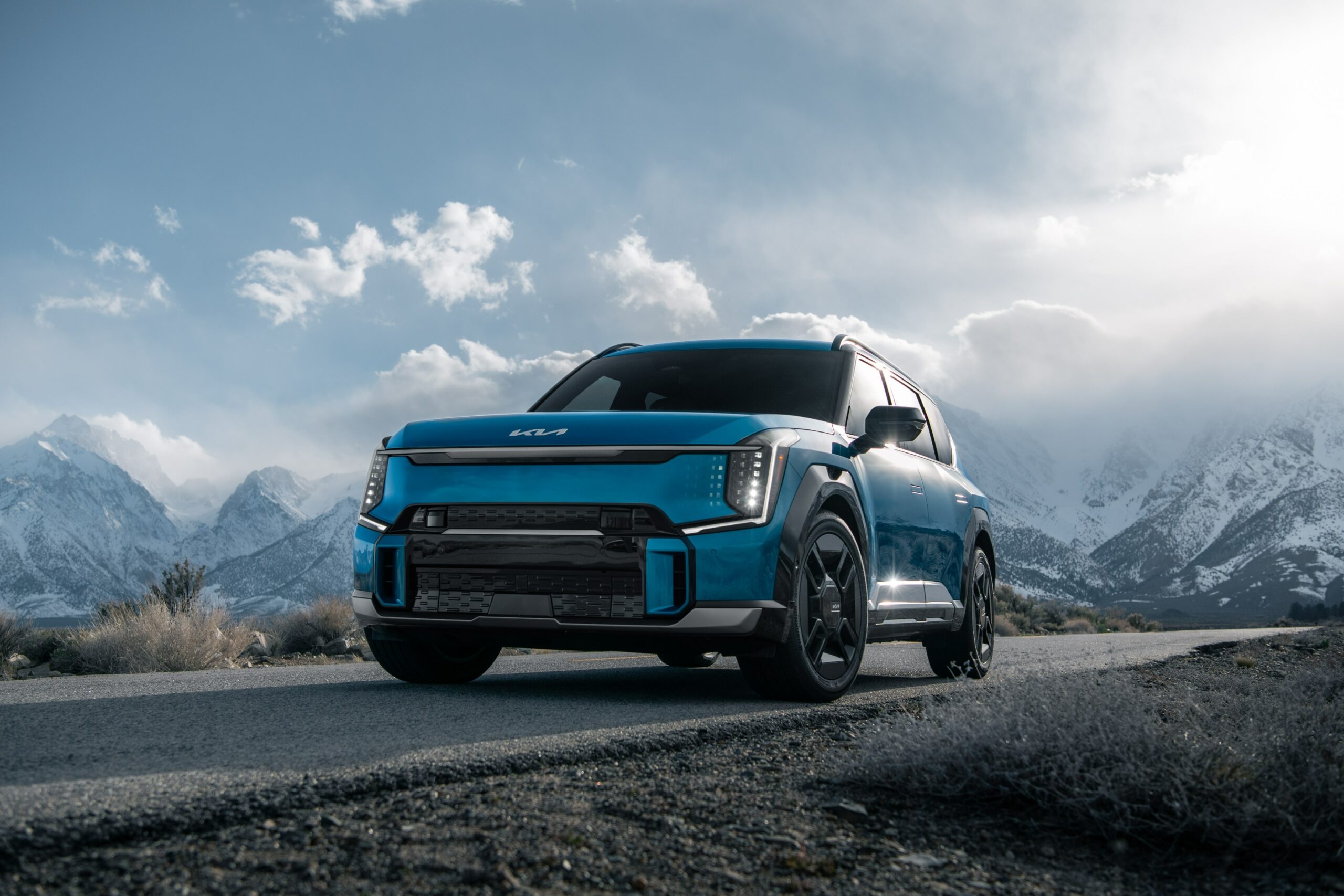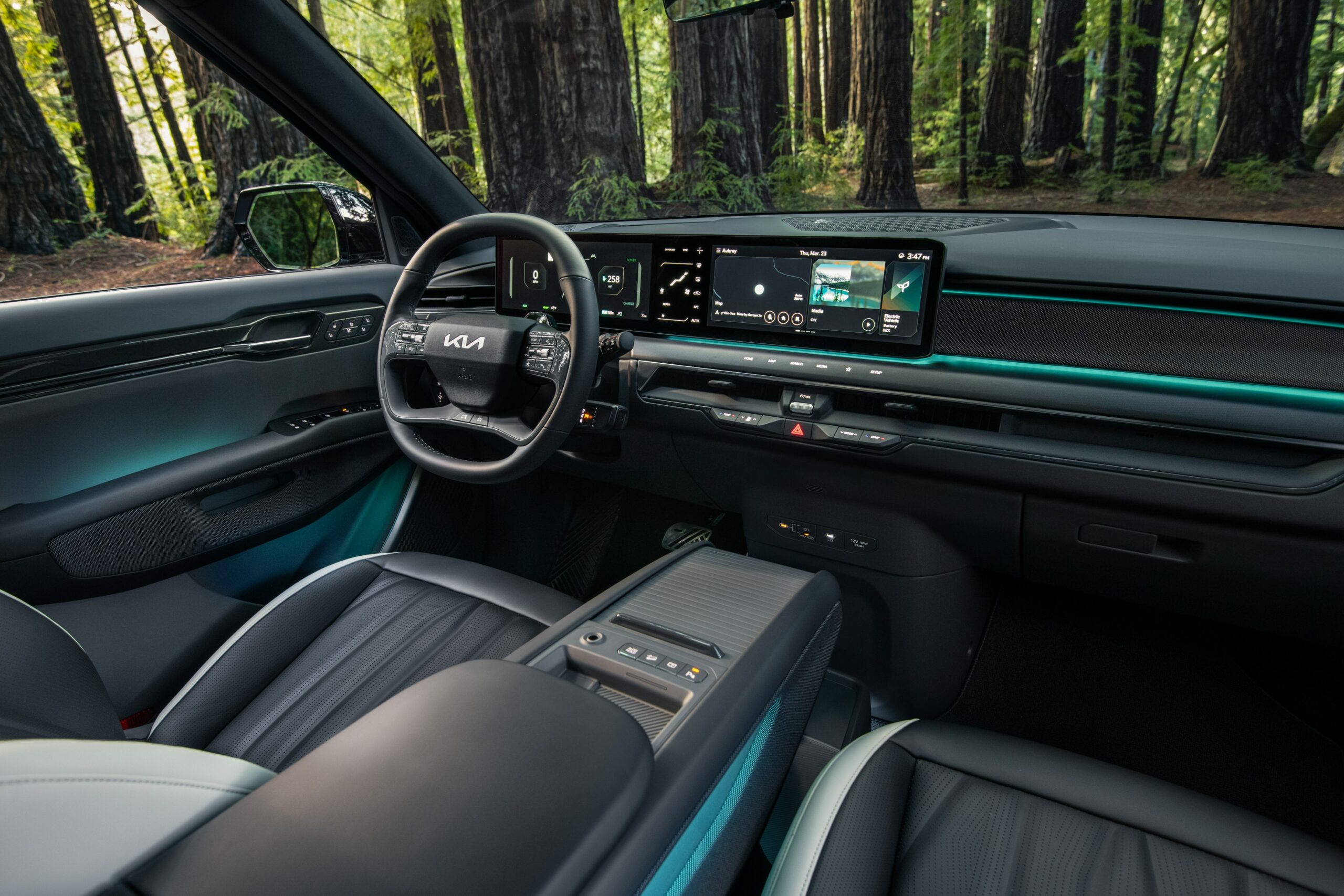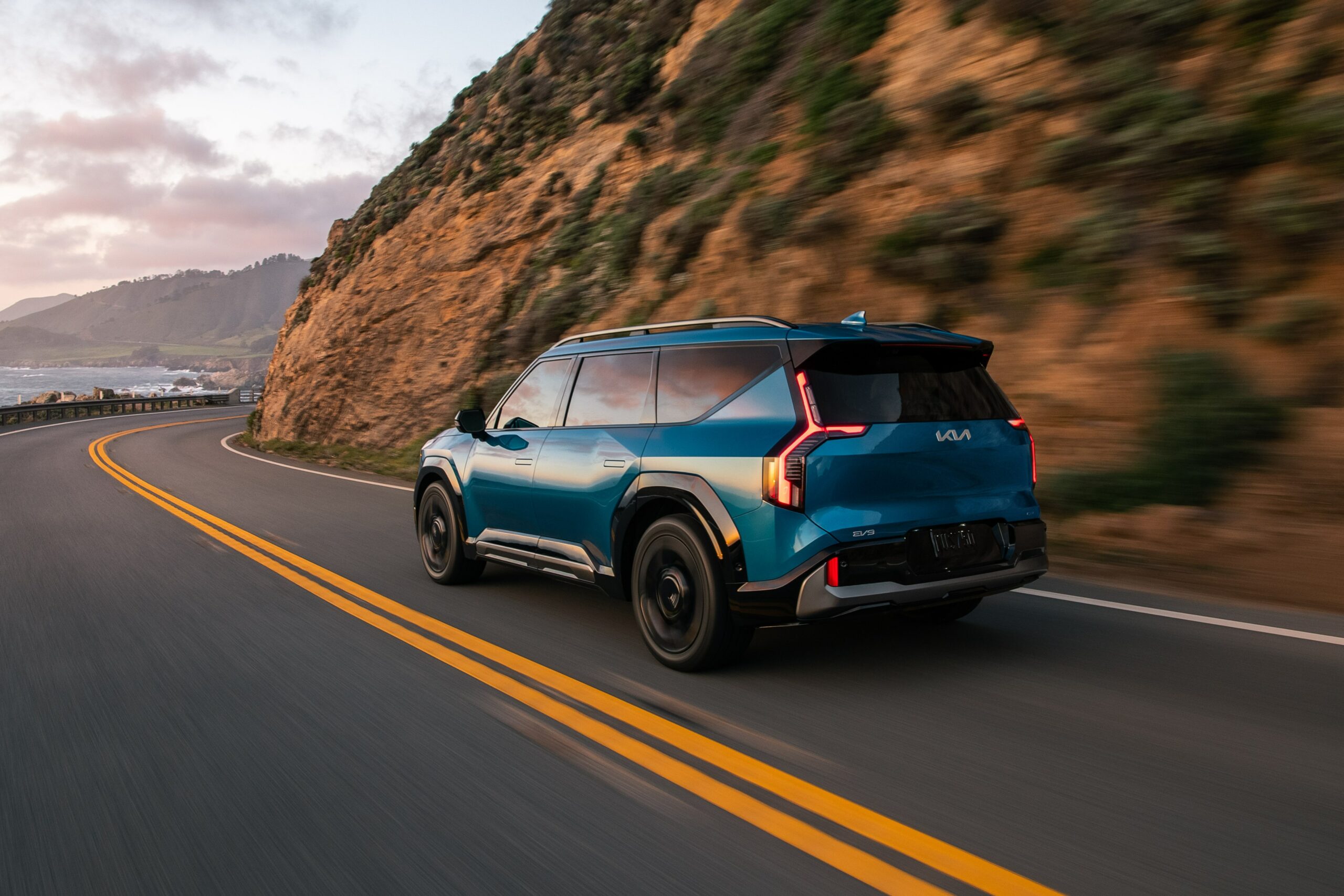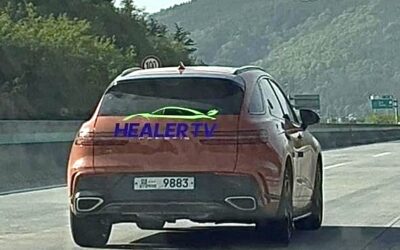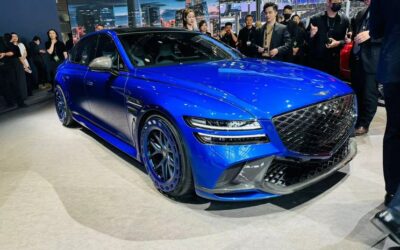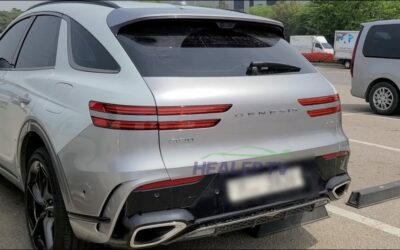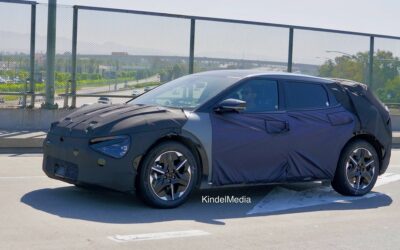Kia America announced today the base price for the all-new 2024 Kia EV9, Kia’s first three-row SUV EV. Starting at just $54,900 (excluding destination), the EV9 Light RWD will come standard with DC fast-charging capability, roomy accommodations for up to seven passengers, full SynTex leather-trimmed seating, 19-inch alloy wheels, 8-way power adjustable driver’s seat with heating and ventilation all powered by a seamless permanent magnet synchronous electric motor that produces 215 horsepower and 258 lb.-ft. of torque.
“We knew we had to get the EV9 pricing right and we believe today’s announcement will be a wake-up call to the industry,” said Steven Center, EVP & COO, Kia America. “A well-equipped three-row SUV EV doesn’t have to be prohibitively expensive. It should offer the perfect balance of standard features, the ability to fast charge and be equipped with the technology savvy EV buyers are looking for. The EV9 provides all of this, and we can’t wait for it to go on sale later this year.”
Arriving in the fourth quarter, the Kia EV9 is the brand’s flagship. Initially built in South Korea, assembly of the EV9 is scheduled to move to the company’s state-of-the-art facility in West Point, Georgia, in 2024 and pricing for the Light Long Range, Wind, Land and GT-Line will be announced later.
The all-electric EV9 embodies the rugged yet sophisticated appearance befitting a flagship SUV. The boxy, triangular design language of the EV9 emphasizes the tension of its short overhangs and long 122.0-inch wheelbase, pushed to the corners over the modular E-GMP electric underpinnings. At 197.4 inches in length in the GT-Line (all other trims are 197.2 inches long) the EV9 is slightly longer than the Telluride SUV and comparable in height (up to 70.1 inches in the GT-Line with raised roof rails) and width (77.9 inches). Despite its boxy shape, the EV9 has a coefficient of drag of 0.28, on par with other luxury SUV EVs.
At the core of the driver cockpit is an elliptical-shaped dash, artfully designed to have a floating effect. A wide panoramic display sits on top, increasing digital usability with standard dual 12.3-inch screens and a 5.0-inch HVAC screen seamlessly integrated into one single panel for a modern and simple aesthetic. Underneath the screen are centrally mounted, hidden-until-lit haptic switches for key infotainment features that appear when the EV9 is turned on. While this is a futuristic touch to the interior, physical switches for functions like volume, temperature control and fan speed add practicality and familiarity.
The EV9 features Kia’s next-generation, ultramodern Connected Car Navigation Cockpit (ccNC) system. The infotainment system processes faster and in higher fidelity, with frequently used Quick Controls available with a swipe on the screen. Navigation-based charging guidance using arrival time and distance-to-empty estimates help quell range anxiety. Standard convenience features include Android Auto and Apple CarPlay, and wireless phone charger.
Standard, advanced ultrawide band-based Digital Key 2, allows customers to use their compatible Apple, Google and Samsung smart devices or an NFC-enabled smart card as virtual vehicle keys to lock, unlock, and drive. The technology has been advanced to allow drivers to unlock the EV9 without holding their smartphone near the door, and keys can be shared with friends and family over text messages on compatible devices.
Central to the EV9’s 20 standard ADAS features is Forward Collision-Avoidance Assist (FCA-2), designed to help detect and prevent collisions from occurring under certain conditions. This has been enhanced on the EV9 to, in certain circumstances, detect: vehicles, pedestrians, and cyclists in front of the vehicle while driving (FCA-CPC); oncoming vehicles while turning left at an intersection (FCA-JT); and crossing vehicles while passing through an intersection (FCA-JC). The system is also designed to help provide a degree of braking and/or steering input to help prevent or minimize certain collisions if the system detects: oncoming vehicles while passing other vehicles (FCA-LO); vehicles in front of the car while changing lanes (FCA-LS); and obstacles, pedestrians, or other vehicles in front of the car while driving straight (FCA-ESA).

